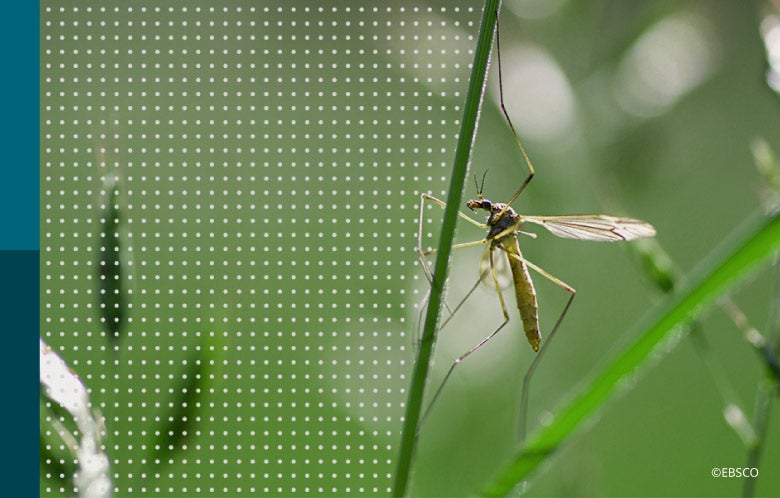Between 2009-2019 a cluster of 16 cases of amyotrophic lateral sclerosis (ALS) in Montchavin, a ski town in the French Alps, stumped local healthcare researchers.
ALS is a fatal neurodegenerative disease that presents as progressive limb weakness, difficulties with speaking, swallowing, and breathing, and cognitive and behavioral impairments in some patients. The survival after diagnosis can vary, but the median survival time is only two to four years. ALS is rare, with a reported global incidence of 1.59 per 100,000 person-years, so finding a group of cases in the same small area over a relatively short period of time was an anomaly, leading researchers to investigate for possible causes.
Although there is no single known cause for ALS, it is often thought of as a genetic disease. About 10-15 percent of patients with ALS have a family history of ALS and/or frontotemporal dementia, and most of those patients have pathogenic genetic variants of at least one of more than 40 genes that are associated with ALS. However, in Montchavin, no genetic link was found among the 16 cases. None of the patients were related to one another, none had a family history of ALS, and none had high-risk genetic variants.
When no obvious genetic cause for the Montchavin cases emerged, researchers started looking for a possible environmental exposure that may have triggered the “outbreak.” When there is no clear genetic basis for ALS, pathogenesis is thought to be due to a combination of environmental and genetic factors, in which certain genetic factors increase susceptibility to the disease and environmental factors then trigger pathological cell processes. Associations have been found between ALS risk and exposure to cigarette smoke, air pollution, and certain industrial chemicals, although none of these have been conclusively proven to be direct causes. After testing everything from the water to the soil to chemicals used in creating snow for the ski slopes, nothing stood out as a definitive cause for the ALS cases in the Alps.
The researchers did have a lead, though – it could be something in the food the patients had consumed. This hypothesis emerged after comparing this outbreak with another cluster of ALS cases in Guam in the 1950s among the island’s native Chamorro people. During this time, the prevalence of ALS and parkinsonism-dementia, was 100 times greater than usual. These cases were ultimately thought to be connected to the widespread consumption of the seeds of cycad trees, which contain a neurotoxin called cycasin. The seeds were traditionally prepared and processed to render them safe for human consumption, but if prepared incorrectly, individuals can be exposed to the cycasin toxin, leading to neurodegeneration.
Keeping the Guam cases in mind, researchers investigating the cluster of French ALS cases searched for possible local delicacies that may be a source of neurotoxins, and suspected the likely culprit was a mushroom called false morel (Gyromitra esculenta) that contains the toxin gyromitrin. Gyromitrin is metabolized in the body into a compound that is thought to cause neurodegeneration, in a similar manner to cycasin. After interviewing the patients and their family members, all the patients had consumed these mushrooms. They foraged for them in the local woods, seeking them out for their flavor and purported health benefits despite knowing that they can be poisonous, believing that with proper preparation the mushrooms could be made safe for consumption.
It is impossible to prove for certain that exposure to the false morels caused these cases of ALS. Our pattern-loving human brains see a cluster of cases and want to attribute them to a single cause, but the truth is that ALS is a rare disease and a few cases in the same area over a 10-year period may simply be an unlikely but entirely possible statistical anomaly. There may be no environmental cause in common between these cases, but nonetheless the connection to the false morel mushrooms is hard to rule out.
Regardless, the Montchavin ALS outbreak highlights the importance of thorough investigation and careful documentation of possible causative factors in patients presenting with neurodegenerative diseases. The interplay of genetic and environmental factors is thought to be involved in the pathogenesis of many neurodegenerative diseases, including ALS, Alzheimer disease, Parkinson disease, and multiple sclerosis. Certain gene variants have been definitively identified to be involved in these diseases, such as the APOE-4 variant in some cases of Alzheimer disease. However, the environmental side of the equation is much more nebulous, and non-genetic risk factors are often much more difficult to empirically identify. Proving causality is difficult due to the multifactorial nature of these diseases and the challenges of studying long-term exposure.
Still, learning more about the potential environmental causes is valuable to public health. It can help us identify risk factors, reduce exposure, and ultimately reduce the incidence of ALS and similar diseases. Awareness of environmental contributors could also provide valuable insights into disease mechanisms, potentially opening new avenues for treatment. Finally, keeping in mind environmental factors in diseases typically thought of as genetic may help avoid misdiagnosis in cases where the usual genetic markers are absent. It underscores the importance of maintaining a holistic view in diagnosis, taking into consideration both inherited genetic risks and potential environmental exposures.



